Digital guide
You are here:
- Home
- Other brands
- Saia 52030C10 PCD2.W200
Saia 52030C10 PCD2.W200
The Saia 52030C10 PCD2.W200 is a programmable logic controller (PLC) designed for use in industrial automation systems. It is part of the Saia PCD2 series, which offers a range of programmable controllers known for their versatility and reliability. This particular model is suited for complex automation tasks and is commonly used in various industrial and building management applications.
Detailed content
Technical Specifications:
- Model: PCD2.W200
- Series: Saia PCD2
- Manufacturer: Saia
- CPU: Integrated CPU for processing automation tasks
- Memory: Includes RAM and flash memory for program storage and data handling
- I/O Ports: Configurable digital and analog inputs/outputs
- Communication Interfaces: Supports various protocols, typically including Ethernet, RS-232, and RS-485
- Expansion Modules: Compatible with a range of expansion modules for additional functionality
- Power Supply: Specific voltage and current requirements detailed in the manual
- Operating Temperature Range: Designed for operation in industrial environments with specified temperature ranges
Functionality:
- Programmable Logic Control: Facilitates automation of complex processes through programmable logic.
- Data Acquisition: Gathers and processes data from various sensors and devices.
- Process Control: Manages and controls industrial processes and equipment.
- Communication: Interfaces with other systems and devices for integrated control and monitoring.
- Scalability: Can be expanded with additional modules to suit specific application needs.
Application Scenarios:
- Industrial Automation: Ideal for controlling manufacturing processes, machinery, and production lines.
- Building Management Systems: Used in managing HVAC, lighting, and other building systems.
- Infrastructure Projects: Applied in managing infrastructure operations such as water treatment and energy management.
- Custom Automation Solutions: Suitable for specialized automation tasks requiring custom programming and integration.
Features:
- Flexibility: Offers a high degree of flexibility in programming and configuration.
- Reliability: Built to withstand the demands of industrial environments.
- Modularity: Supports expansion with various modules for enhanced functionality.
- User-Friendly Programming: Designed to be programmed using user-friendly software tools.

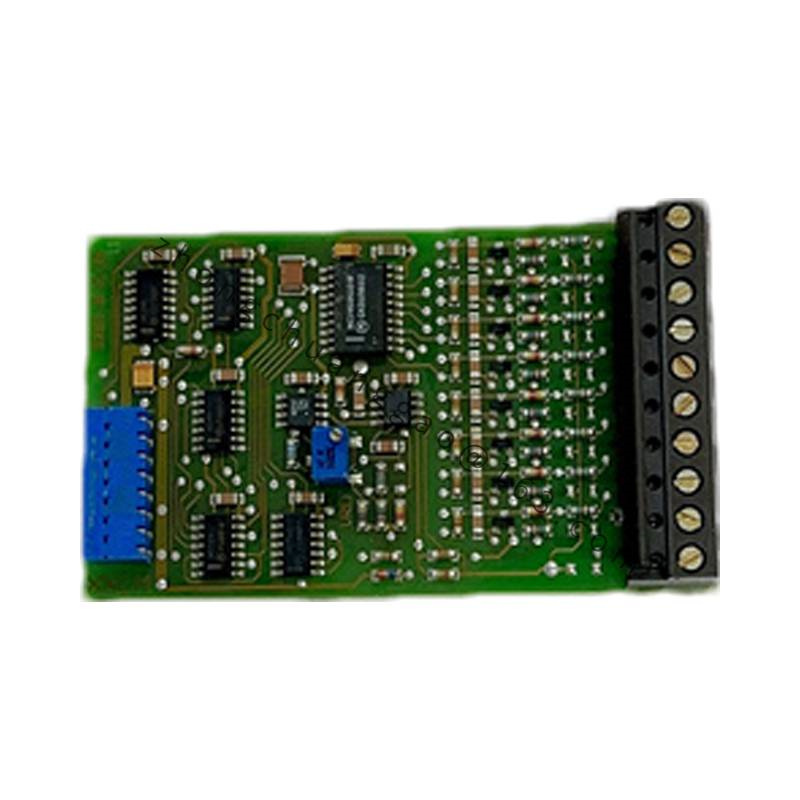
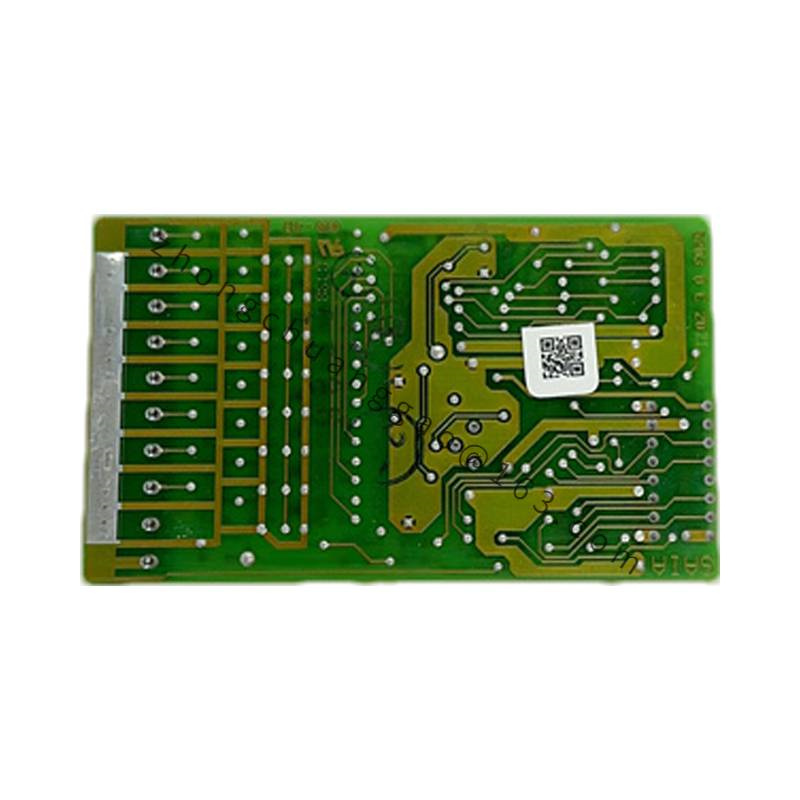
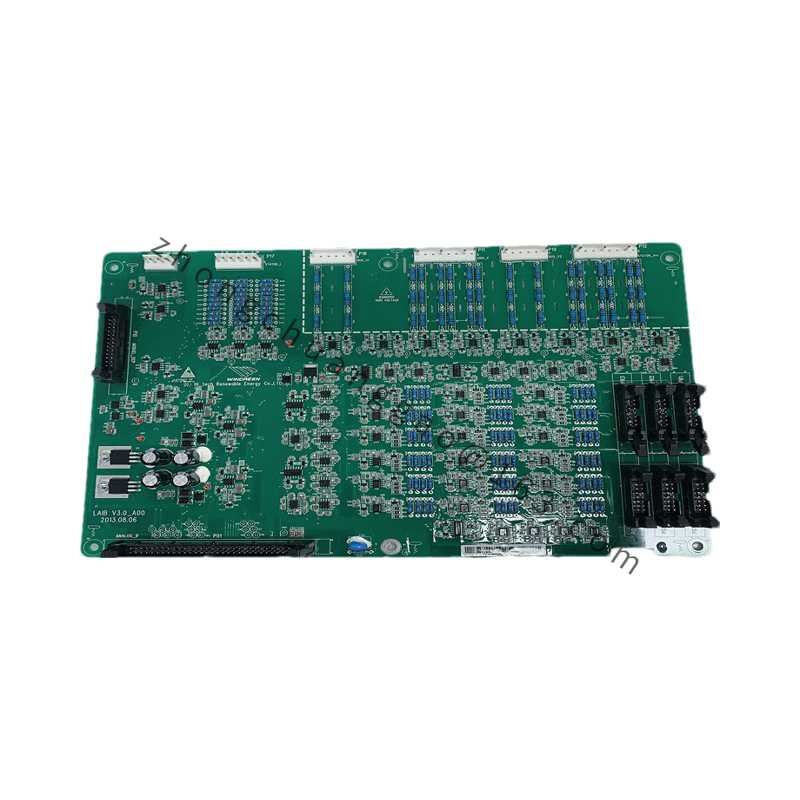
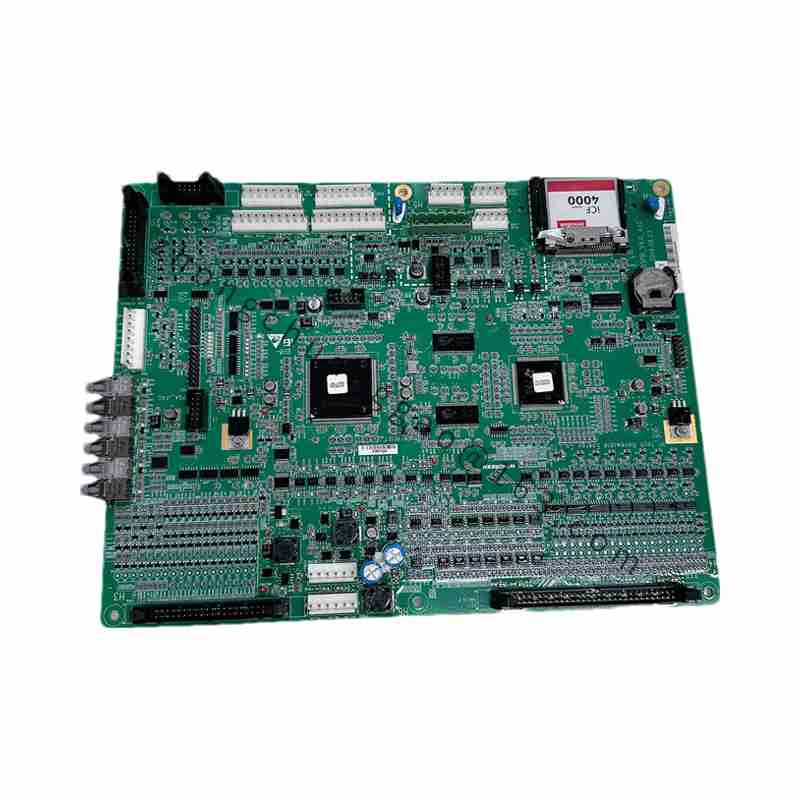


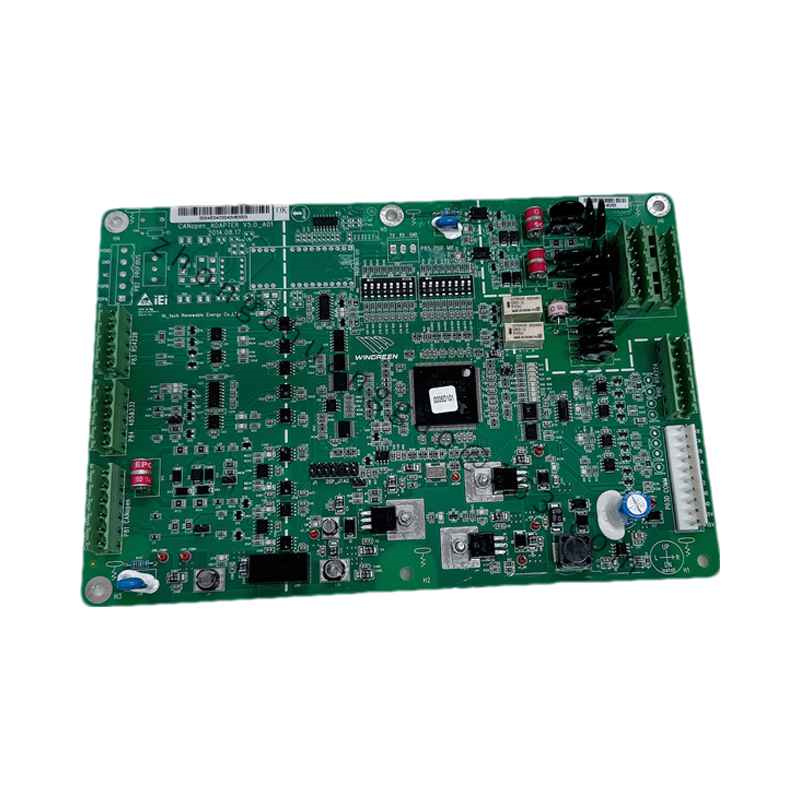

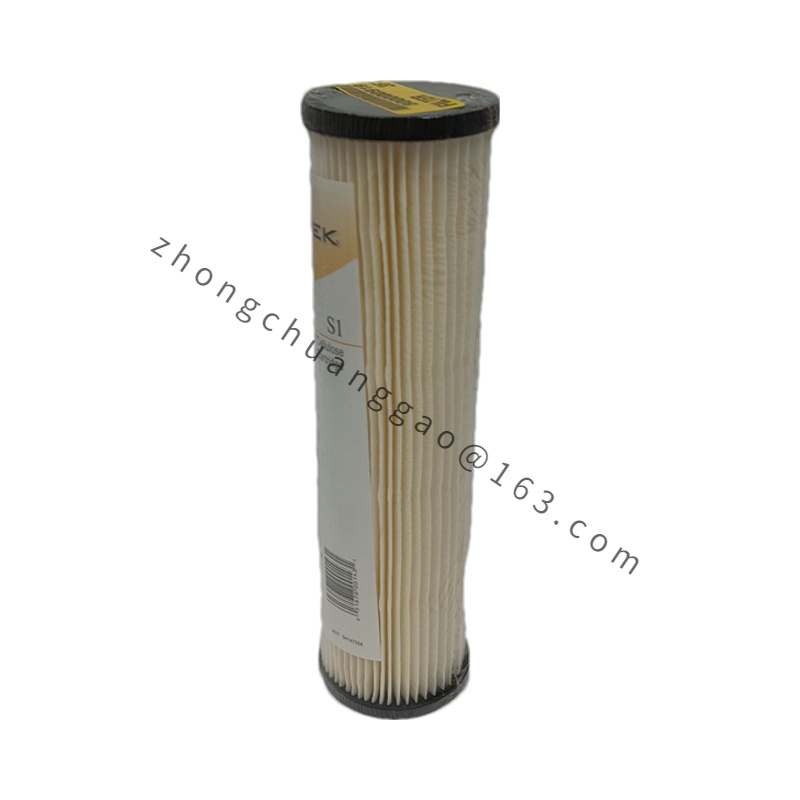
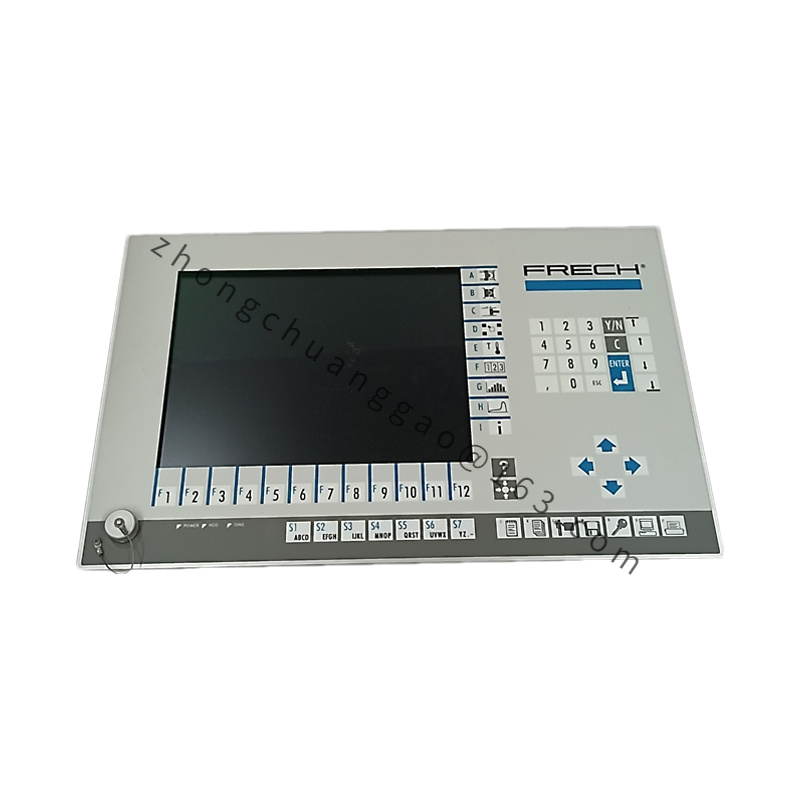

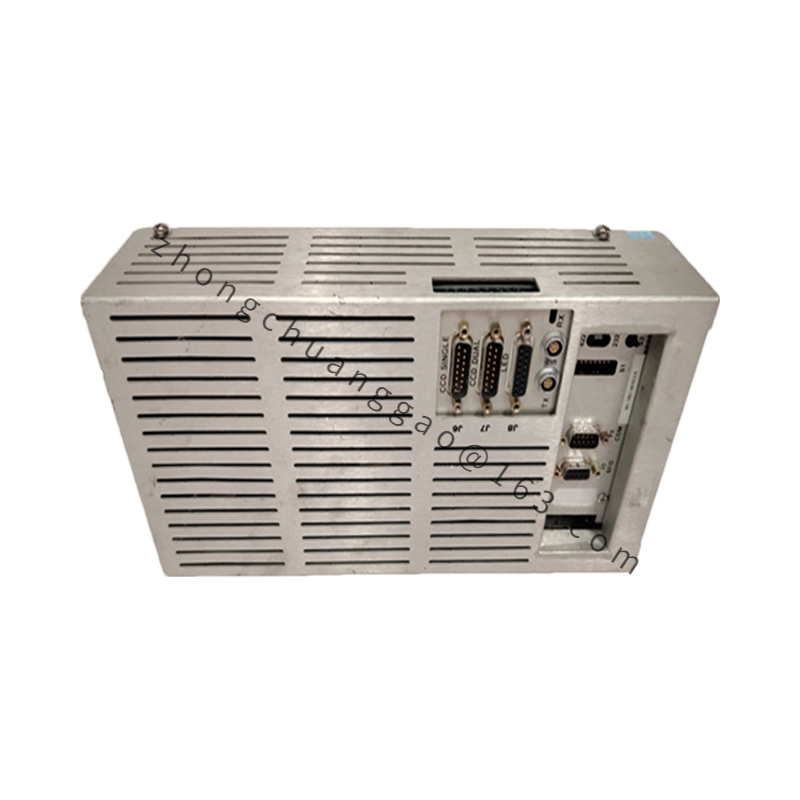
.jpg)
-1.jpg)